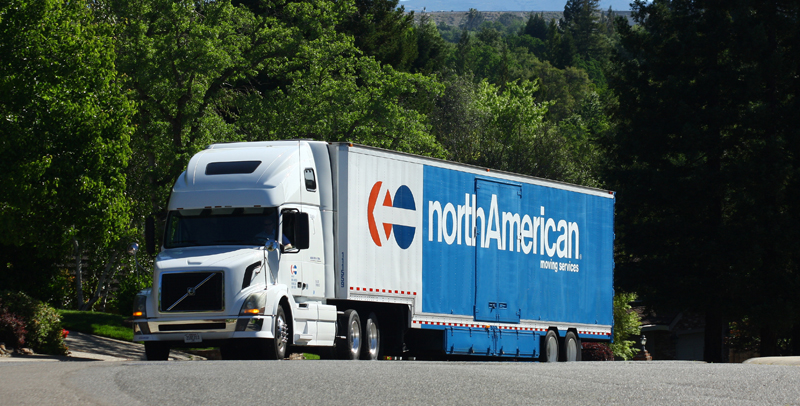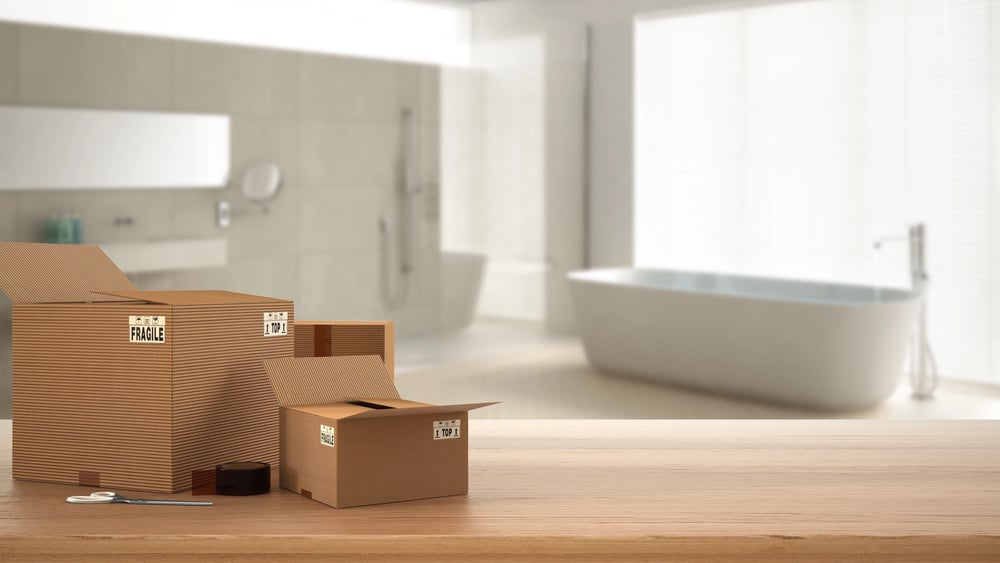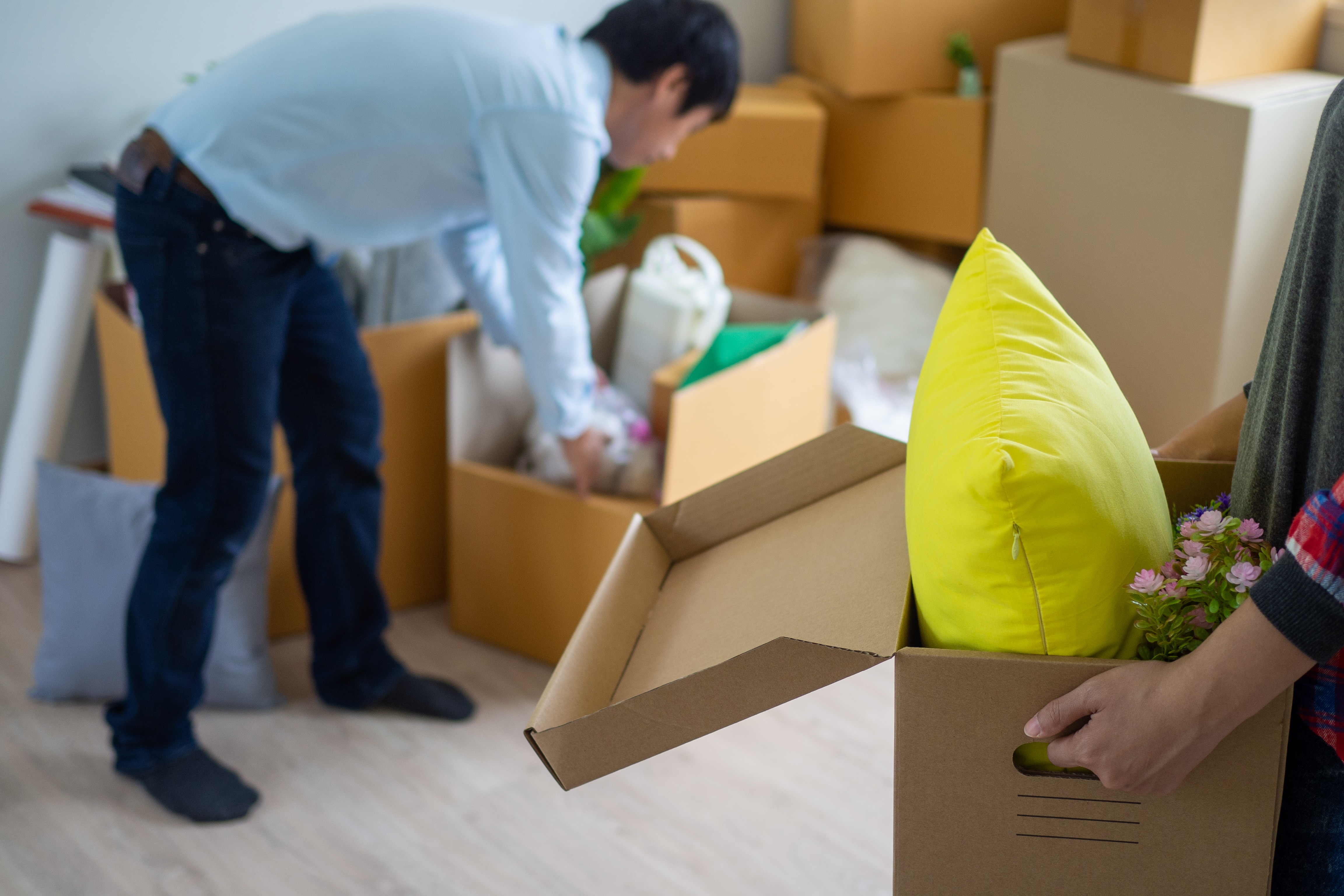Long-distance moves can feel overwhelming. Between coordinating logistics across multiple provinces or states, ensuring your belongings arrive safely, and adapting to an entirely new environment, it’s natural to feel anxious about the process ahead.

The key lies in understanding what typically causes anxiety during long-distance moves and addressing those concerns head-on with practical solutions. Whether you’re relocating for work, family, or a fresh start, the strategies outlined below will help transform your move from a daunting challenge into a manageable and even exciting life transition.
What Are the Top Concerns with Long Distance Moves?
Understanding what worries people most about long-distance relocations can help you prepare more effectively. Here are the primary concerns that keep people up at night when planning their move:
- Cost and Budget Management
- Finding Reliable Moving Companies
- Timing and Coordination Challenges
- Damage to Belongings
- Starting Over in an Unfamiliar Place
Tips That Will Take the Worry Out of Your Long-Distance Move
Now that we’ve identified the common concerns, let’s tackle them with actionable solutions that will help you approach your move with confidence.
Start Planning Early and Stay Organized
The most critical step you can take is beginning your planning process at least 8-12 weeks before your move date. Create a comprehensive moving timeline that includes all major tasks, from researching moving companies to updating your address with various institutions.
Use a moving checklist to track everything from canceling local subscriptions to arranging utility connections at your new home. Digital tools and apps can be helpful, but a simple notebook can work just as well. The goal is to have a central place where you can view your progress and ensure that nothing falls through the cracks.
Research and Hire Reputable Moving Companies
Your choice of moving company can make or break your long-distance move experience. Start by seeking recommendations from friends, colleagues, or online communities. When a family-owned, award-winning business with excellent reviews handles your move, you’re far more likely to have a positive experience.
Verify that your chosen company has proper licensing and insurance. For moves crossing provincial or state lines, ensure they’re registered with the appropriate transportation authorities. Check their Better Business Bureau rating and read recent customer reviews on multiple platforms.
Create a Comprehensive Moving Budget
Long-distance moves involve more expenses than many people anticipate. Beyond the basic moving fee, factor in costs for packing supplies, temporary lodging, meals during travel, utility deposits, and potential storage if there’s a gap between your move-out and move-in dates.
Add a 10-15% buffer to your budget for unexpected expenses. This might include overnight shipping for important documents you forgot to pack separately, additional packing materials, or expedited utility connections.
Consider which services provide the best value for your situation. Professional packing might seem expensive upfront, but it can save you time and reduce the risk of damage to your belongings during the long journey.
Downsize Strategically Before Packing
Since long-distance moving costs typically depend on weight, reducing what you move can significantly impact your budget. Go through each room systematically and decide what truly needs to come with you on your journey to your new home.
Pack Smart for the Long Haul
Long-distance moves require extra care in packing, as your belongings will likely spend more time in transit and may change trucks. Use high-quality packing materials and take additional time with fragile items.
Create a detailed inventory list as you pack. Include photos of valuable items and note their condition. This documentation proves invaluable if you need to file insurance claims later.
Pack a “first week” box containing essential items you’ll need immediately upon arrival. Include basic tools, cleaning supplies, medications, important documents, and enough clothing and toiletries to get you through the first few days before your boxes are unpacked.
Label boxes clearly with both the contents and the destination room. Consider using a numbering system that corresponds to your inventory list for easy tracking and reference.
Understand Your Insurance Options
Most moving companies offer basic liability coverage, but this typically only covers $0.60 per pound of damaged items. For a damaged laptop weighing 5 pounds, you’d only receive $3 compensation under basic coverage.
Consider purchasing full-value protection if you’re moving valuable or sentimental items. While this adds to your moving cost, it provides much better coverage for damaged or lost belongings.
Review your homeowner’s or renter’s insurance policy to understand what coverage extends to your move. Some policies provide limited coverage for belongings in transit.
Plan for the Transition Period
One of the biggest stressors in long-distance moves is the gap between leaving your old home and feeling settled in your new one. Plan ahead for this transition period.
If possible, visit your new city before moving day. This familiarization trip can help you feel more confident about the move and allow you to handle some logistics in advance, such as setting up bank accounts or meeting potential service providers.
Maintain Important Documents and Essentials
Keep crucial documents with you during the move rather than packing them with household goods. This includes identification documents, financial records, medical records, and any other necessary paperwork that you’ll need immediately upon arrival.
Pack a suitcase as if you’re going on a week-long trip. Include several changes of clothes, toiletries, medications, and any comfort items that will help you feel at home during the initial transition period.
Make Your Long Distance Move a Success
Long-distance moves don’t have to be overwhelming experiences filled with anxiety and uncertainty. The key lies in thorough preparation, choosing the right moving partner, and maintaining realistic expectations about the process. When you work with an experienced, family-owned moving company that has earned excellent reviews and industry recognition, you’re setting yourself up for success from day one.
Are You Preparing for a Long-Distance Relocation? Choose Movers with Experience in Ensuring a Smooth, Stress-Free Move
When choosing a moving company, consider factors such as their experience, customer reviews, and insurance coverage. Hire Crescent Moving and Storage, and our team of experienced professionals will handle your belongings with the utmost care, allowing you to focus on settling into your new home and implementing these essential security measures. Contact us today for a free moving quote and to learn more about our services to assist you with your upcoming move.





 Why You Need the Right Moving Tools
Why You Need the Right Moving Tools  Essential Tips for Moving Into a Rental Property:
Essential Tips for Moving Into a Rental Property:

